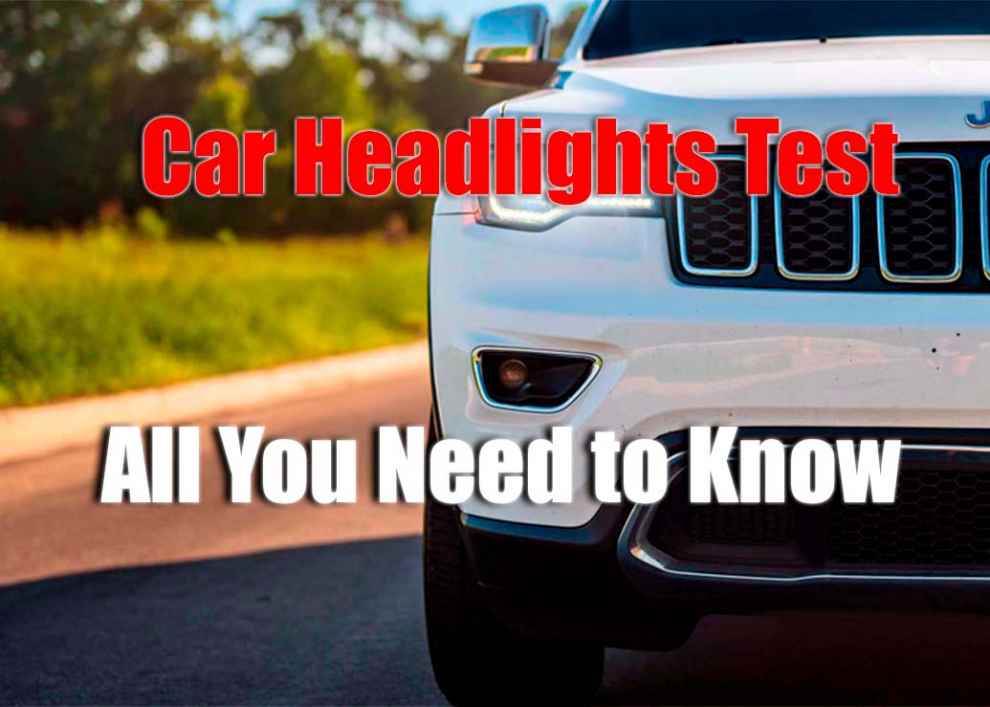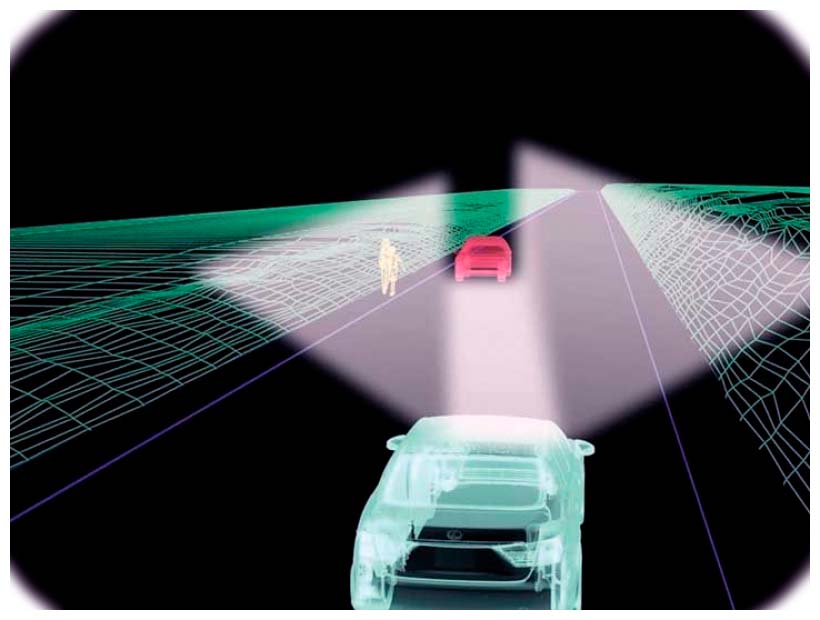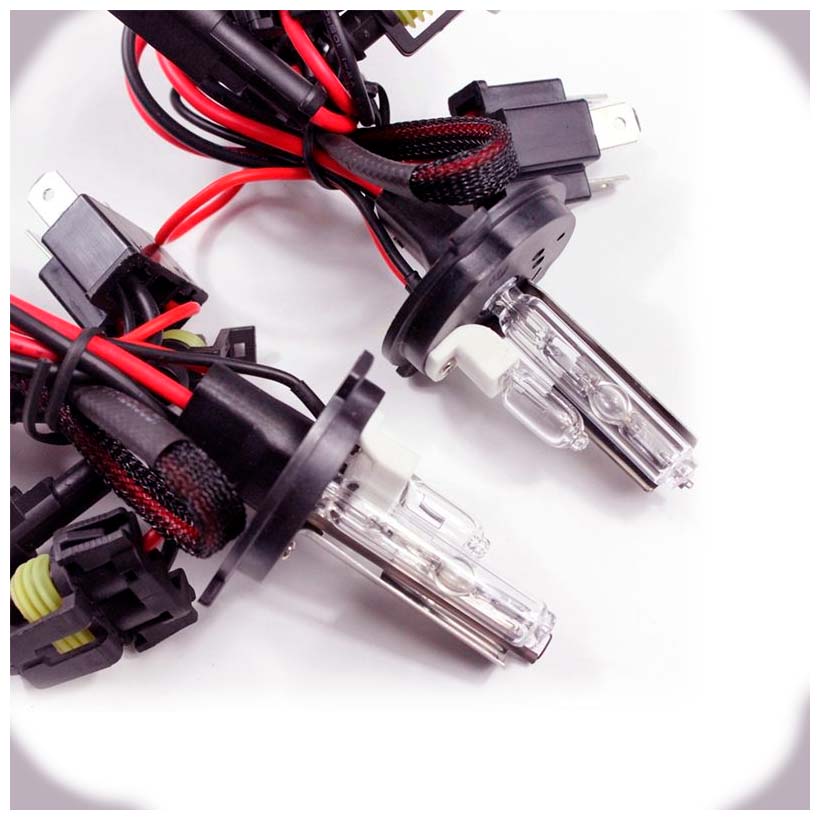When you’re driving at night, good headlights are essential for you to see clearly and safely. But how do you know which headlights are of good quality? The answer lies in testing them! Testing the quality of car headlights is a very important step in determining which ones are better suited for your vehicle. In this guide, we will cover the different types of car headlights, factors to consider when testing, and what procedure should be followed to properly evaluate headlight quality.
Factors to Consider When Testing Car Headlights
When assessing the quality of car headlights, there are several factors to consider. These include brightness and clarity, beam pattern, connectivity and control system, and durability and longevity.
-
Brightness and Clarity: The first factor to consider when testing car headlights is brightness and clarity. You want your headlights to provide a wide range of illumination so that you can see everything on the road ahead clearly, even in difficult light conditions such as fog or snowfall. Check if the beams are bright enough to light up objects clearly and at a distance without causing glare or blinding other drivers on the road.
-
Beam Pattern: Next, check the beam pattern of your lights – check if they have an even spread across the entire width of your vehicle as well as far enough ahead so that you can spot any upcoming obstacles or dangers early on while driving. The ideal beam pattern should be even across the width and reach far enough ahead so that you can see far in the distance.
-
Connectivity and Control System: Check if your headlights are connected to a control system that allows you to adjust the mode, intensity, and focus of the beams easily while driving. This is important as it allows you to make quick adjustments depending on the light conditions or visibility of your surroundings.
-
Durability and Longevity: Finally, check for durability and longevity – look for headlights with long-lasting bulbs or LED lights that don’t need regular replacements as well as an outer housing that is resistant to weather elements such as water, dust, heat, etc.
Different Types of Car Headlights
Now that you know the factors to consider when testing car headlights, let’s look at the different types available.
-
Halogen: Halogen bulbs are one of the most common types of car headlights used today due to their affordability and ease of installation at home without any special tools or knowledge required. They produce a bright light with yellowish-white color, but they are not very efficient when it comes to energy consumption, so they tend to get hot quickly, which increases their susceptibility to premature failure or damage over time if not replaced regularly.
-
HID/Xenon: HID and Xenon headlights are the latest technology in car headlights, and they produce a very bright white light that is much clearer than halogen bulbs. They are also more energy efficient so they don’t get as hot and can last longer. However, they require a special installation process due to their complex wiring system and should only be done by professionals.
-
LED: LED lights are another popular option for car headlights as they produce bright white light while consuming less energy than both halogen bulbs and HID/Xenon lights. They also provide better visibility from further distances due to their brighter light output but tend to be more expensive than the other two types of lights mentioned above. The Best Led Headlights for Jeep are those that offer a bright white light with good visibility from a further distance, while also providing a more efficient energy consumption. They should also be easy to install and maintain, making them an ideal choice for Jeep owners.
Testing Procedure for Car Headlights
Once you have determined the type of headlight you want for your car, it is time to test it properly to determine its quality before making your purchase decision. Here’s how you can test different types of car headlights:
-
For Halogen Lights: Since halogen bulbs have an adjustable beam pattern, start by adjusting the focus of the beam so that it is even across its width with no dark spots or patches in between. Next, check for glare and brightness – make sure that the light is bright enough to illuminate objects clearly and without causing any glare or discomfort for other drivers on the road. Finally, inspect the wiring connections and make sure that all connections are secure.
-
For HID/Xenon Lights: Since these lights have a complex wiring system, you should start by checking all connections to ensure they are properly connected and secured. Then, turn on the headlights and check for flicker – HID/Xenon bulbs tend to flicker when they are not connected properly so it is important to ensure that this does not happen when you’re testing them. After ensuring there’s no flickering, check for brightness, clarity, and beam pattern as well as any potential glare or blinding of other drivers when driving with these lights on.
-
For LED Lights: Start by inspecting all wiring connections first before turning on the headlights. Once they’re turned on, check their brightness level as well as their beam pattern across its width – it should be even with no dark spots or patches in between. Then, inspect if there’s any glare coming off of these lights which could potentially cause discomfort for other drivers when driving at night. Lastly, inspect how long it takes for these lights to reach full brightness once they’re turned on as LED lights usually take longer than other types of headlights. Also find out why water gets in your headlight and how to fix it. Our guide covers common causes and simple solutions, helping you drive safely and avoid future issues.
Conclusion
Testing car headlights is an important step in determining the quality of the lights you choose for your vehicle. By following this guide, you should have a better understanding of how to properly test different types of headlights and evaluate them accordingly based on their brightness, clarity, beam pattern, connectivity, control system, durability, and longevity. Remember that investing in good quality headlights not only improves your visibility when driving at night but also ensures the safety of yourself and other drivers on the road so make sure to check out all options carefully before making your final decision!

 Beam Pattern: Next, check the beam pattern of your lights – check if they have an even spread across the entire width of your vehicle as well as far enough ahead so that you can spot any upcoming obstacles or dangers early on while driving. The ideal beam pattern should be even across the width and reach far enough ahead so that you can see far in the distance.
Beam Pattern: Next, check the beam pattern of your lights – check if they have an even spread across the entire width of your vehicle as well as far enough ahead so that you can spot any upcoming obstacles or dangers early on while driving. The ideal beam pattern should be even across the width and reach far enough ahead so that you can see far in the distance. For HID/Xenon Lights: Since these lights have a complex wiring system, you should start by checking all connections to ensure they are properly connected and secured. Then, turn on the headlights and check for flicker – HID/Xenon bulbs tend to flicker when they are not connected properly so it is important to ensure that this does not happen when you’re testing them. After ensuring there’s no flickering, check for brightness, clarity, and beam pattern as well as any potential glare or blinding of other drivers when driving with these lights on.
For HID/Xenon Lights: Since these lights have a complex wiring system, you should start by checking all connections to ensure they are properly connected and secured. Then, turn on the headlights and check for flicker – HID/Xenon bulbs tend to flicker when they are not connected properly so it is important to ensure that this does not happen when you’re testing them. After ensuring there’s no flickering, check for brightness, clarity, and beam pattern as well as any potential glare or blinding of other drivers when driving with these lights on.
Add Comment